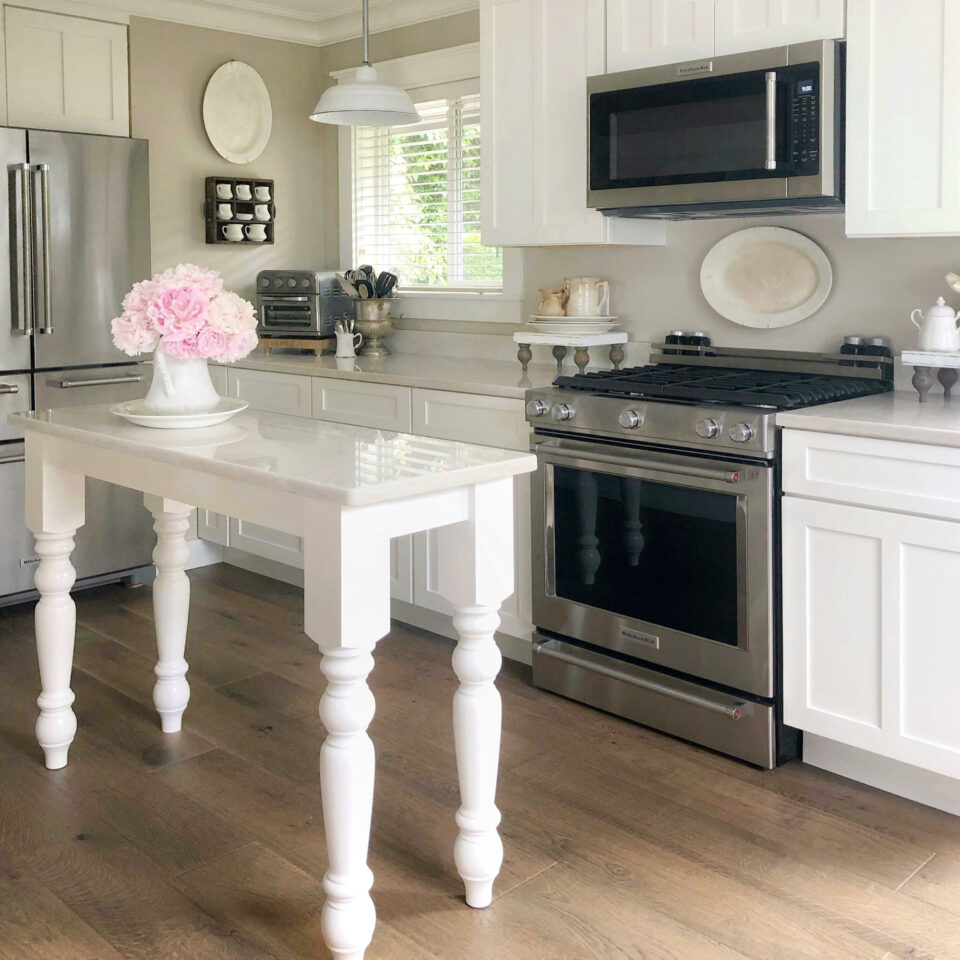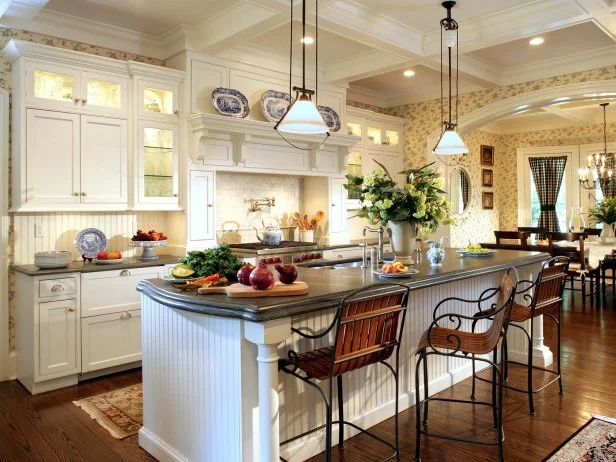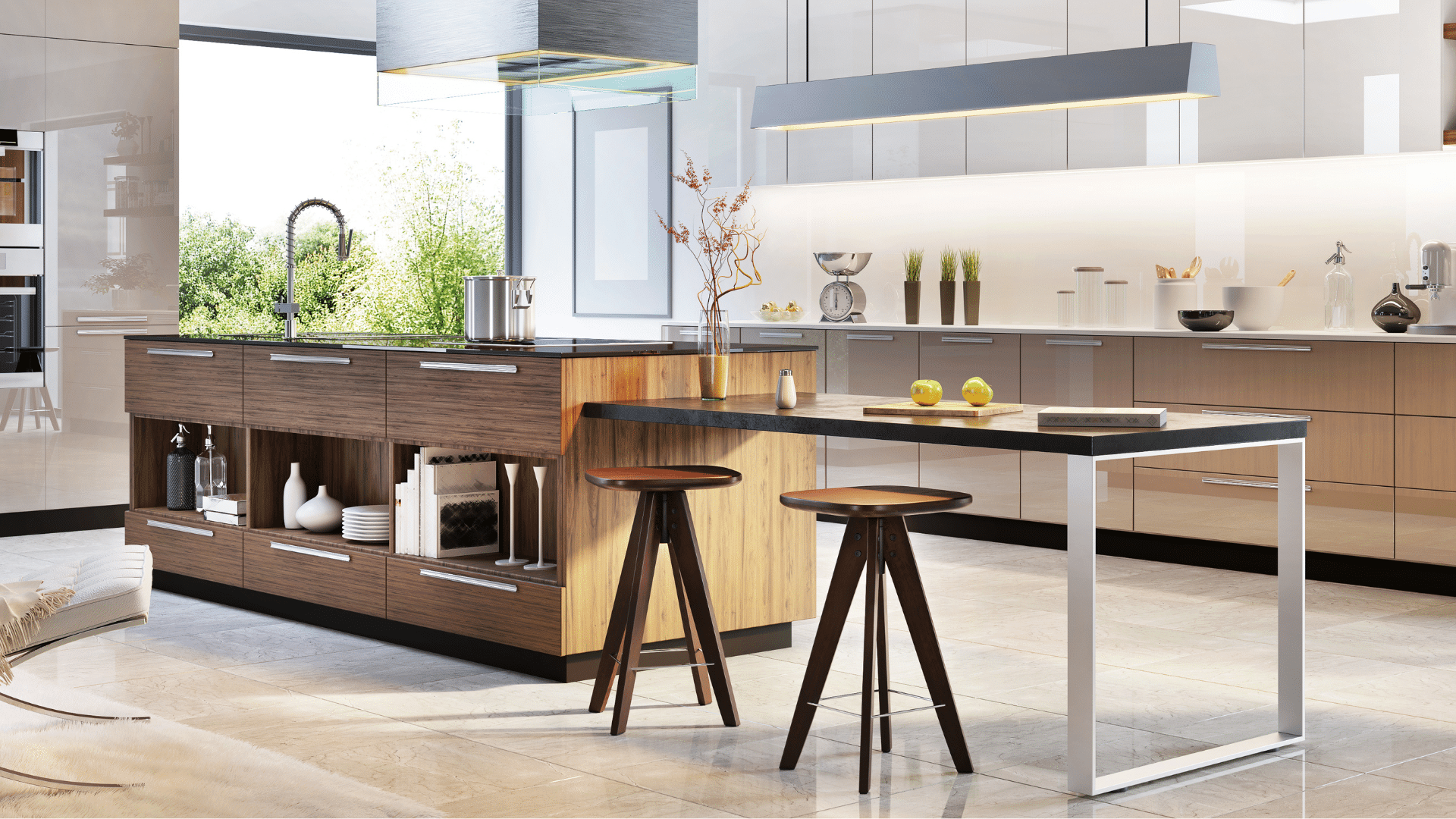Sophisticated Kitchen Island Legs to Complement Your Countertop
Sophisticated Kitchen Island Legs to Complement Your Countertop
Blog Article
Important Tips for Choosing the Perfect Dining Table for Your Kitchen
Selecting the perfect eating table for your cooking area is even more than simply an issue of preference; it requires a comprehensive understanding of your room and demands. Begin by determining your readily available space to guarantee enough clearance for movement. The shape of the table plays a crucial duty; while rectangle-shaped tables match bigger locations, round ones foster affection, and extendable options offer flexibility. Product choice is equally crucial, with woods supplying toughness and glass financing a modern-day touch. The table ought to harmonize with your kitchen area's visual appeals and suit your family pleasantly. What other aspects might influence this crucial decision?
Step Your Room
Choosing the suitable eating table starts with a thorough analysis of your readily available room. This fundamental action makes certain that the table not just fits comfortably within the room but also complements the overall layout and functionality of your eating location.
Take into consideration the circulation of motion around the table. It is necessary to leave sufficient space for chairs to be pulled out and for individuals to walk around the table without blockage. A general general rule is to allow at the very least 36 inches of clearance from the side of the table to the nearby wall or furniture piece. This makes sure simplicity of access and convenience throughout meals.
In addition, consider the number of individuals you usually entertain and whether you require extra area for visitors. Choosing an extendable table can give flexibility, permitting you to accommodate differing varieties of diners. By accurately measuring your room, you lay the groundwork for picking a table that boosts both the appearances and performance of your eating location.
Choose the Right Forming

On the various other hand, round tables are excellent for smaller cooking areas or intimate gatherings, as they promote discussion by permitting everyone to deal with each various other. They additionally give a feeling of coziness and can fit well in tighter spaces because of their lack of sharp edges. Oval tables supply the most effective of both globes, combining the size of rectangle-shaped tables with the intimacy of rounded ones, making them flexible for numerous setups.
Square tables are another option, particularly suited for square-shaped areas. They produce a symmetrical and contemporary appearance, fostering an equal eating experience for all seated. They may be much less practical for bigger gatherings unless they come with expansions. Eventually, the form you select ought to align with your room dimensions and lifestyle to make certain both type and function.
Material Considerations
When picking an eating table, material factors to consider are paramount in identifying the table's sturdiness, maintenance needs, and total visual. Wood is a classic selection, providing ageless appeal and toughness. Hardwoods like mahogany, oak, and Clicking Here walnut are especially sturdy, though they can be expensive. kitchen island legs. Softwoods, such as want, are a lot more affordable yet might be prone to dents and scrapes.
Glass-topped tables provide a contemporary, smooth appearance and can make a space show up bigger because of their transparency. They call for regular cleansing to protect against finger prints and spots. Additionally, solidified glass is advised for its additional stamina and safety.

Finally, composite products like MDF (Medium-Density Fiber board) or plywood are economical choices. These products can imitate the appearance of solid timber however may not use the very same long life. They are normally easier to tidy but can be susceptible to water damages if not properly secured.
Eventually, the selection of material should line up with your kitchen area's style, your way of life requires, and your spending plan restrictions. (kitchen island legs)
Seats Capacity and Comfort
How do you figure out the appropriate seating capacity and comfort for your eating table? For a family members of 4, a rectangle-shaped table of 48 inches long or a round table with a 48-inch diameter is typically enough.
Convenience is just as vital. The height of the table ought to ideally be around 30 inches, offering a balanced ergonomic position for seated diners. Chairs ought to have a seat height of 18 to 20 inches to ensure a comfortable eating pose. Additionally, think about the chair style; encouraging backrests and upholstered seats can enhance eating convenience dramatically, specifically throughout long term meals.
Design and Visual Appeal
Choosing an eating table that matches your style and appearance includes balancing personal taste with the existing decor of your dining room. The eating table is usually the centerpiece of the kitchen, and its design must match the overall style of the area. Whether your kitchen area flaunts a contemporary, minimal look or a rustic, farmhouse charm, the table you pick must balance with these components to produce a cohesive and welcoming environment.
Take into consideration products very carefully; wood provides a timeless appeal and can vary from rich mahogany for a traditional seek to lighter oak for a contemporary feel. Metal and glass tables, on the other hand, can introduce a smooth, industrial edge to your kitchen area. Don't ignore the table's form-- rectangle-shaped tables are functional and classic, while round and oblong like this alternatives can cultivate a more intimate eating experience.
In addition, pay close attention to surfaces and information. A troubled coating might include personality and heat, whereas a shiny surface area can add to a clean, contemporary visual. Ultimately, your dining table need to not just fit perfectly into your kitchen area's layout yet likewise show your individual style, elevating the area both functionally and visually.
Conclusion
Finally, choosing the excellent table for a cooking area demands cautious examination of space, shape, material, seating capability, and visual harmony. Guaranteeing a minimum clearance of 36 inches assists in comfortable motion, while the option of shape enhances spatial dynamics. Product selection over here influences durability and design, making it critical to straighten with the cooking area's overall aesthetic. Eventually, a well-chosen table fosters an inviting atmosphere and fits the home conveniently, hence enhancing the dining experience.

When selecting a dining table, material considerations are extremely important in establishing the table's longevity, maintenance needs, and overall visual. For a family members of four, a rectangle-shaped table of 48 inches long or a round table with a 48-inch size is generally enough.
Don't neglect the table's shape-- rectangle-shaped tables are traditional and flexible, while round and oval options can promote a more intimate dining experience. kitchen island legs.
Report this page